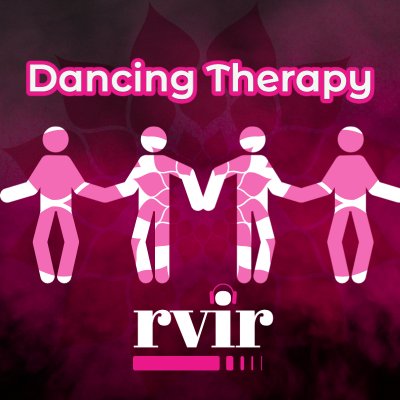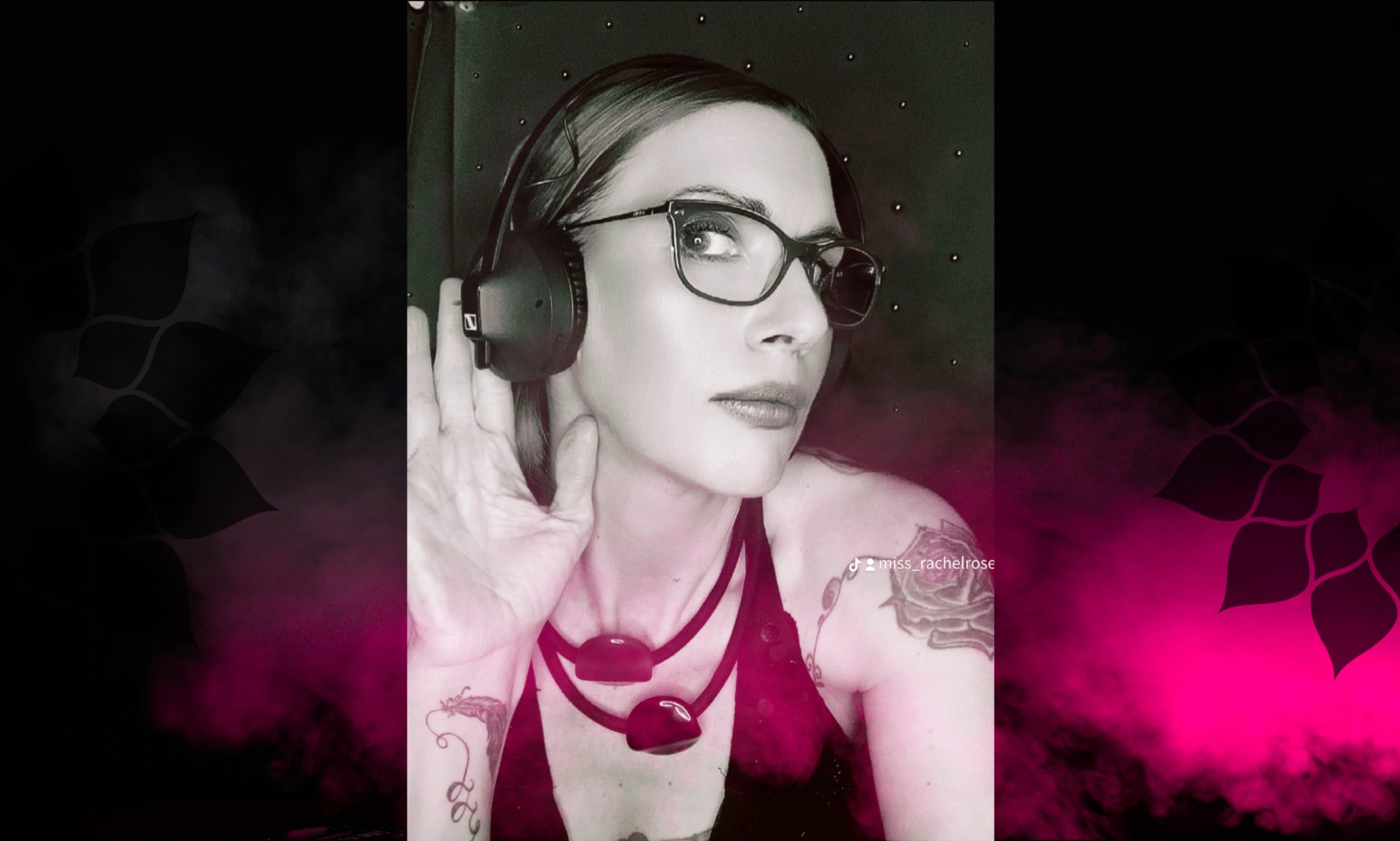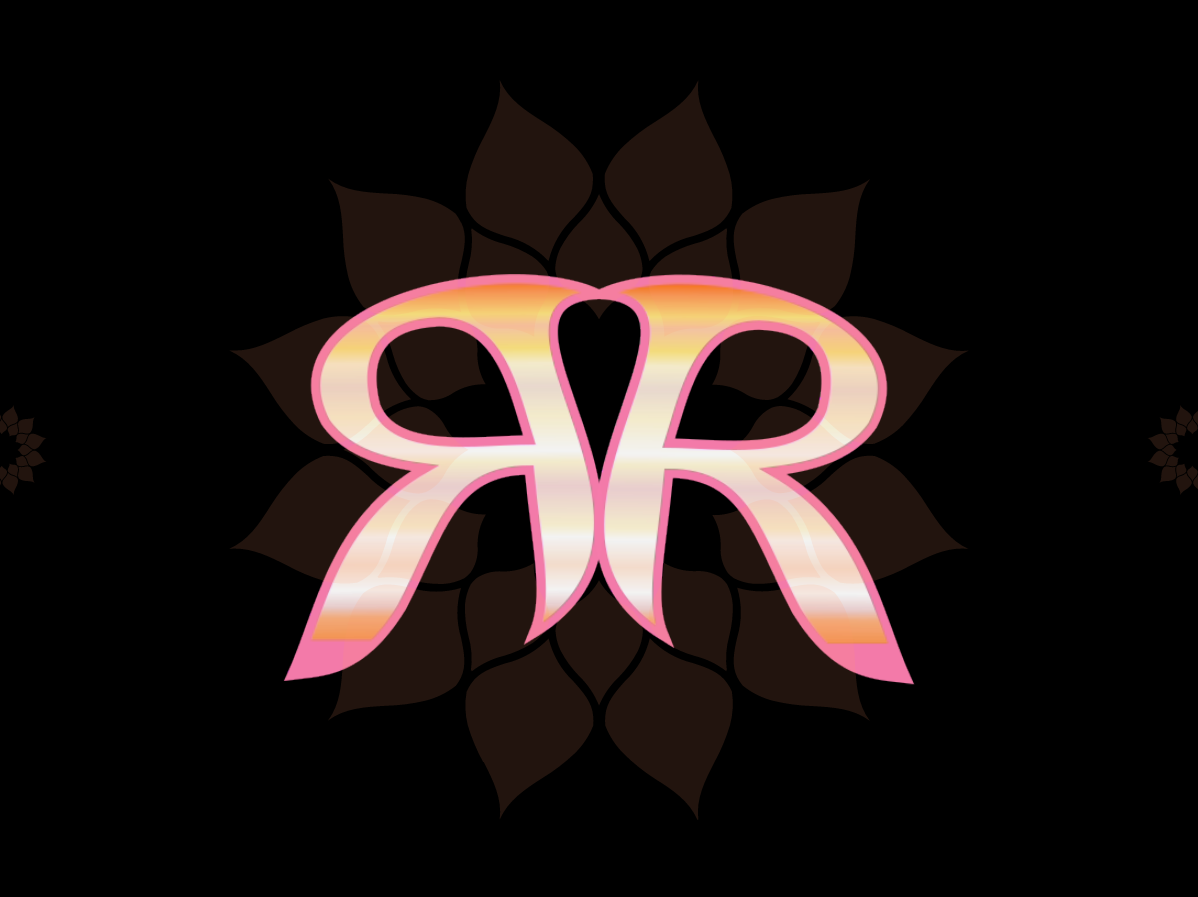Table of Contents
Dancing as Therapy

Last night a DJ saved my life from a broken heart with a song! We all know that old disco tune with its walking bassline, and funky guitar riff.
Many of us have had that experience. Music has an immediacy that few other art forms possess. In fact, hearing music does not only affect the ears but the entire brain.
“Music listening, performance, and composition engage nearly every area of the brain that we have so far identified, and involve nearly every neural subsystem.”
― Daniel J. Levitin, This Is Your Brain on Music: The Science of a Human Obsession
Listening to music vs dancing to music
Listening to music is one thing. Dancing to it is another! Dancing as therapy has been around for a very long time and doesn’t need a lot of scientific analysis to let you know that it works. We all know that, we have all had that experience of shifting our emotional world the moment that we step onto the dancefloor.
Does music influence us more than visuals?
What do you think? Are images more or less impactful that sounds? Here is an interesting example of happy images set to frightening music. It is quite unnerving. But is it more unnerving than scary images set to happy music? Take a moment and have a look at those two links, and let me know in the comments if you agree with me.
Neuromusic
I am just about to begin a one-year Masters in “Neuromúsica“. This course promises to weave together the disparate strands of my professional and personal interests. I am a therapist by profession and a musician hobbyist by passion.
Yoga
Because I teach yoga and breathing, I have a depthless interest in neuroscience. Yoga pretends to “still the fluctuations of the mind”. This means that yoga helps the mind to become calmer. It also helps us to modulate emotion and express it in healthier ways.
The drawback is that yoga works over a period of years,and requires many hours of practice beneath the watchful eye of an experienced instructor. Nightclub dancing is pure expression. Music is pure emotion and works very quickly. Dancing as therapy is a thing, I promise you.
“Dancing is also a way to express emotions, something Aujoulat-Mendez said many adults have lost much of the ability to do. While the popularity of looking after one’s mental health has encouraged people to articulate their emotions through things like talk therapy and journaling, dance floors invite people to metabolize their emotions. According to Aujoulat-Mendez, that means living their emotions through the body. Dancing lets people go through a whole range of emotions, be it joy or sadness or rage, through movement.“
VICE – “The Importance of Dark Sweaty Dancefloors“
My interest in “Neuromusic”
Fast working therapy
In the year after the pandemic and the lockdowns, I had guest after guest tell me about loved ones having attempted to, or having succeeded, take their own lives. Listening to this, holding space for this, was very hard. When I was young and struggling with anxiety and trauma, I often thought about ending it all. But, with lots of dilligent work, I turned all that around, healed myself and came back to help others. Part of my healing journey involved dancing as therapy, but in, perhaps, an unexpected way.
When I arrived in London in 1997, I was there to dance. I wanted those beats, and I found them. Apart from making friendships that endure to this day, I aso learned one of the biggest life lessons ever: I learned to hug people.
In Canada, we keep a large social distance. My family was not particularly demonstrative. I wasn’t in the habit of touching anyone. Clubbing shifted that in me, and I emerged a bit ragged around the edges for lack of sleep and self-care, but redeemed in my sense of human connectedness. It was after this episode, and a few more things, that I changed from being a technologist to a therapist. But, that’s another story.
One of the startling things about suicide is that the act itself is often spontaneous, not particularly premeditated. People may struggle with their demons for a long time, but then there is something that triggers the act.
It is this spontaneity that I would like to address and research in Neuromusic. Is there some sound, some composition, some frequency, that can help people who are thinking of harming themselves stop and take stock? Is there some way that we can harness the stunning immediacy of music as medicine to help people in dire need? Or, long-term, is there a way to harness that dancefloor madness into something healing but without the possible drawbacks? (drug and alcohol use, late nights, clubs in dodgy neighborhoods, drink spiking etc).
Ecstatic Dancing
Ecstatic dancing is definitely an option. Other dance therapy examples are dancing in your living room, dancing in the street, on the beach, and at the bus stop! Don’t stop dancing, ever! Dancing as therapy is REAL and it’s easy, free, and natural. So Dance. Please. If you’re feeling down, dance. If you’re feeling stressed, dance. If you’re feeling lonely, dance. And if you need some good advice from a cool, creative, highly qualified yoga and breathwork therapist, get in touch. I believe you’re worth investing in. Do you?
Watch this space for more about Neuromusic, as I get deeper and wider into this lovely world of healing through sound vibrations.

